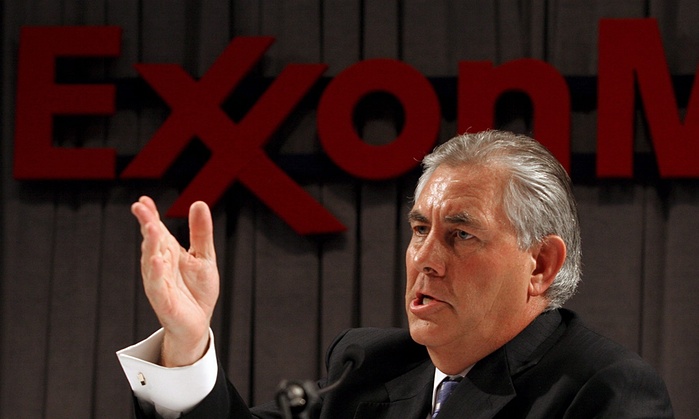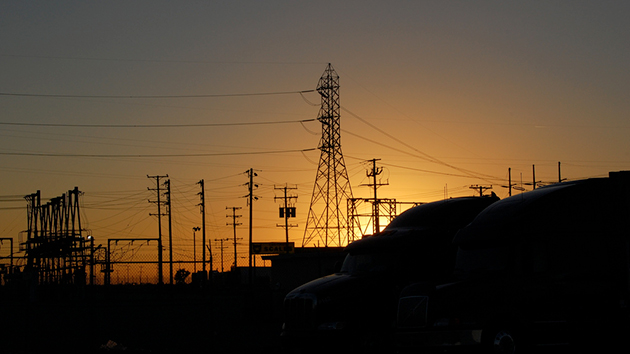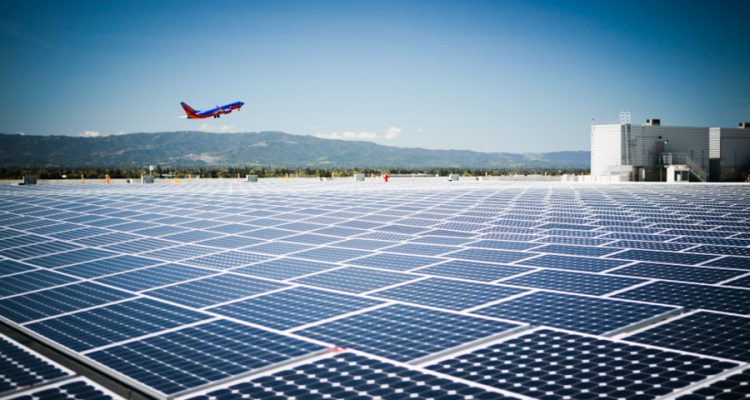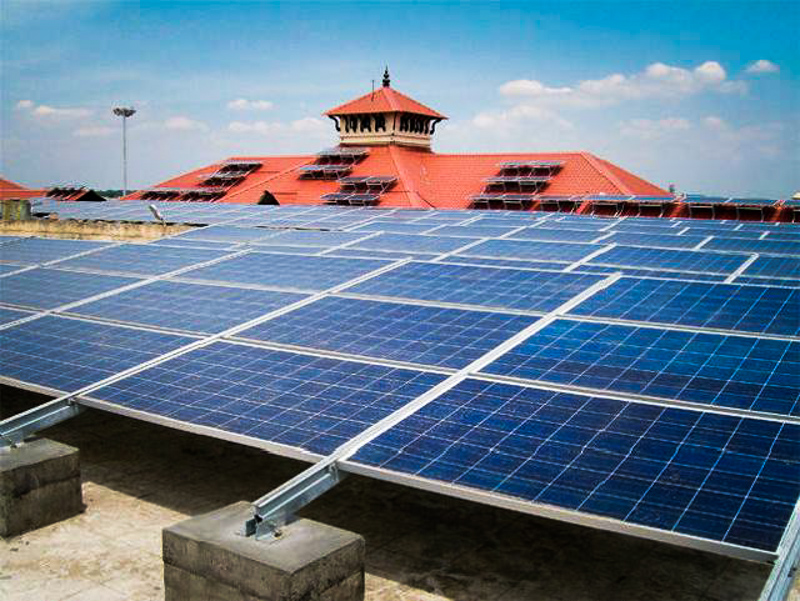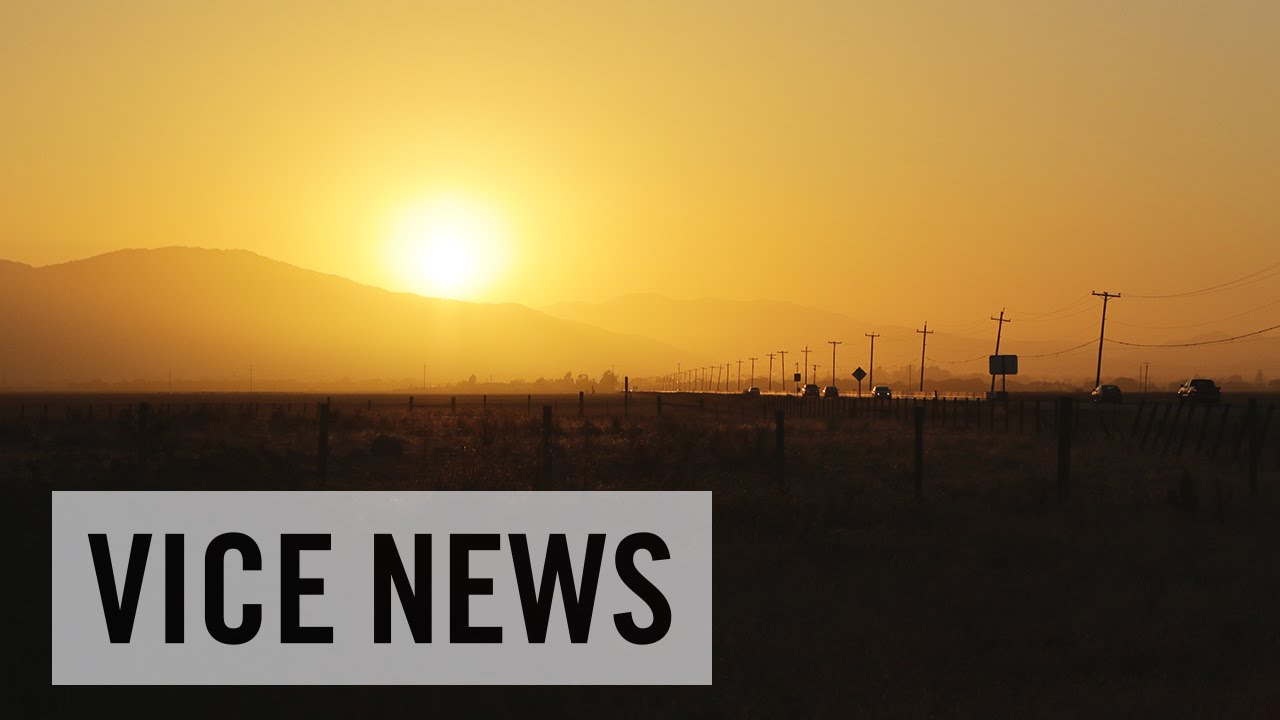Executive pay at fossil fuel companies rewards corporate behavior that deepens the climate crisis, and offers no incentive to shift towards renewable energy, a Washington thinktank said on Wednesday.
Executives at the 30 biggest publicly held coal, oil and gas companies in the US were paid more than leaders of other major corporations, about 9% higher than the S&P 500 average, the Institute for Policy Studies (IPS) found.
The big pay days extended across the industry to executives of coal companies whose share prices have gone into free fall last year.
The report, “Money to Burn: How CEO pay is accelerating climate change”, argued that such out-size pay packages – inflated by bonuses for expanding reserves – encouraged executives to hunt for oil, coal and gas even though those new fuel sources can not be tapped without triggering dangerous climate change.
“It seems to me executives are rewarded no matter what is happening with the planet – and even within their own companies,” said Sarah Anderson, director of the IPS global economy project and co-author of the report. “Executives are still being rewarded specifically for expanding carbon reserves at a time when scientists say we are already sitting on too much.”
Shareholder activists have long been pressing for companies to change their corporate behavior – including compensation packages.
“The bottom line is that breaking the link between executive compensation and chasing ever-more expensive barrels of oil is key to transforming the industry,” said Shanna Cleveland, who heads the carbon asset risk programme at Ceres, the green investment network.
In the case of fossil fuel companies, one of the main factors for calculating bonuses was based on executives’ success in expanding fuel reserves. Last year saw oil, coal and gas company executives cashing in.
Chief executives of fossil fuel companies took home an average $14.7m (£9.6m) last year, about 9% higher than the average $13.4m for S&P 500 chief executives.
The chief executives of ExxonMobil and ConocoPhillips, the two biggest publicly held companies, made more than twice the S&P average last year, the report said. Rex Tillerson, Exxon’s chief executive, took home $33m last year. Ryan Lance, the chief executive of ConocoPhillips and the second-highest paid leader of a big oil company, took home $27m.
More than half of their compensation packages came in the form of stock options and stock grants which vest over three to four years. Climate change plays out over decades, however.
Current pay packages encourage executives to lobby against attempts to end fossil fuel subsidies, or advance clean energy regulations, the thinktank said.
None of the 30 top fossil fuel companies encourage moves to cleaner energy. Campaigners said that needed to change.
“If we are serious about climate change then we need to start incentivising the kind of behavior we need to see,” said Laura Berry, director of the Interfaith Center on Corporate Responsibility. “Until we get a real change in corporate strategy which will not happen without properly aligned incentives, we are not going to see the magnitude of change needed to turn things around.”

